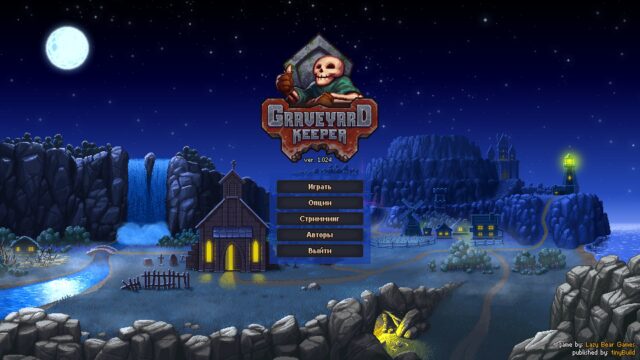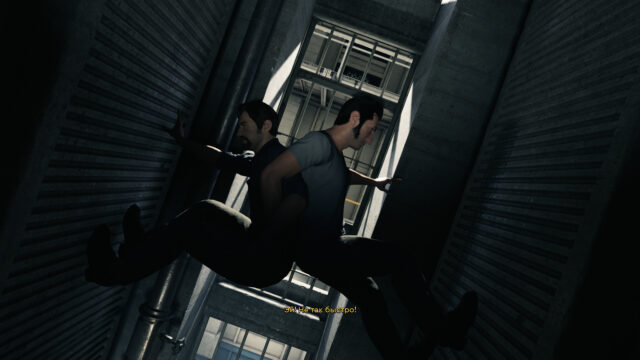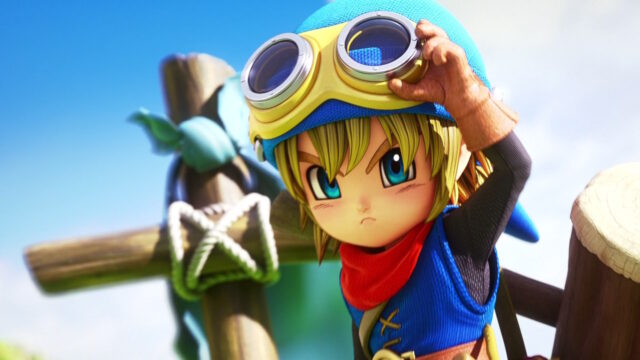The Evil Within Review

In recent years, horror game enthusiasts have had a tough time. Among contemporary games, only Outlast and Amnesia stand out, but even they didn’t appeal to all the discerning genre connoisseurs. There used to be some really cool horror games, they say, like the ones from late 90s Japan, not the trashy Slender and other SCP crap.
In this situation, the return of Shinji Mikami, the creator of the well-known Resident Evil and cult classic Dino Crisis, couldn’t have come at a better time. Developed in his own studio, the new game, The Evil Within, was presented to us as the last stronghold of true survival horror. However, for some reason, it doesn’t feel right to call it new.
If you find yourself hanging upside down, don’t be scared – that’s how the game welcomes you. The frantic pace is set instantly, leaving no time for introductions: a roaring chainsaw is already being rudely pushed into your back, spiked walls ominously close in, and a moment later, a chase turns into a swift descent down a river of blood. Unlucky detective Sebastian Castellanos will probably die several times before you even remember his name.
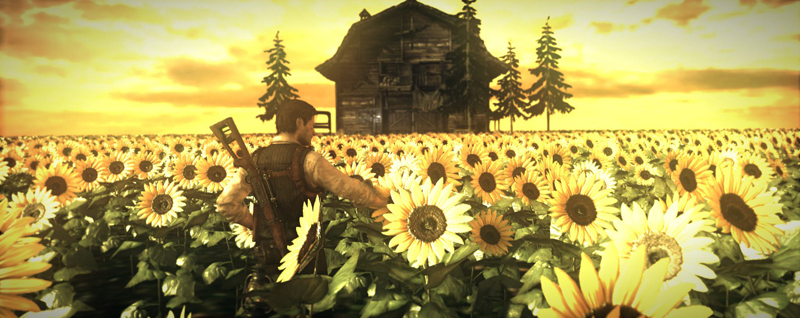
When the storm of events subsides, the player will sense something amiss and will definitely ask, “What is actually happening here?” The Evil Within tries its best to hold intrigue, but completely forgets about narrative coherence, causing two-thirds of the plot to fly by in complete ignorance. The protagonist is constantly thrown from one location to another, space distorts and changes, and the Mysterious Hooded Man keeps popping up in the frame – intensifying the desire to spit in the screenwriter’s rice bowl. The jagged presentation is covered up by a serious grimace of psychological depth on the level of Silent Hill, but we are not fooled: the story here exists only as a justification for the horror madness happening on the screen.
Fortunately, the local amusement park is extensive like never before. Whether you wet your pants in the dark corridors of the asylum, feel uncomfortable in the crematorium, huddle in your seat while walking through an empty mansion, or panic at the sight of cemetery fences – the game will definitely have something in store for you. The variety of decorations makes your head spin, and you gradually forget about collecting melancholic diaries, just like the plot. At least the designers were given free rein.
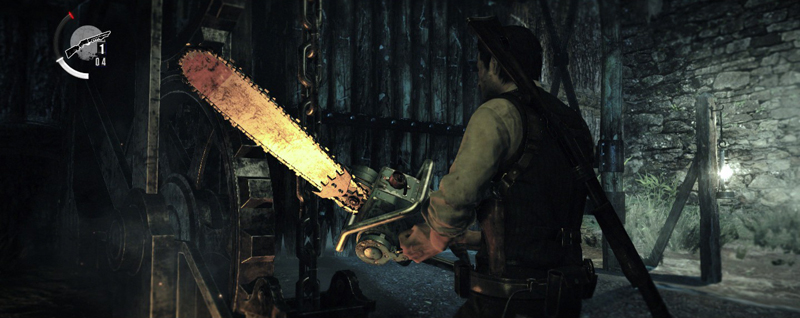
There’s no need to rejoice ahead of time – the disposable chainsaw will disappear right after the cutscene.
Even before the release, it was possible to guess that the mechanics here are copied from Resident Evil 4. The foundation really remained the same, which is why the catch is not immediately noticeable – but after a while, the game is literally torn apart by conventions and foolishness.
Since we have survival here, a shortage of ammunition is a familiar thing. Nevertheless, it is strictly forbidden to use scattered sickles, hooks, hammers, bricks, and other decorative items for their intended purpose. Even if mountains of weapons, including firearms, fall from the hands of enemies, you can only take an axe or a torch. The latter, however, crumbles after the first hit – you know, balance.
The gameplay itself somehow assumes active use of stealth. Yes, sometimes you can hide in a closet (wow, just like in ten other horror games!) to wait for the moment when the scripted monster turns its back. We approach, kill – and see how the whole neighborhood has already gathered at the execution site: the enemies have no peripheral vision, but this does not prevent the “patrols” from reacting to your actions in a chain. No matter how stealthy you are, you still have to shoot.
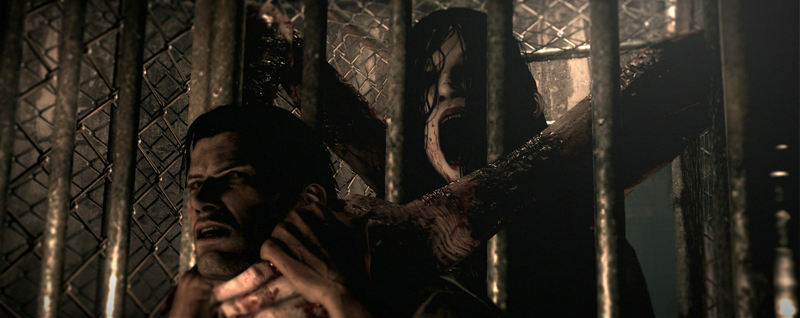
Are you out of ammo? Feel free to fight with your fists. Yeah, exactly with them. You don’t need exceptional observation skills to notice how skillfully the hero wields a knife, slicing enemies in stealth. It’s even easier to suspect the detective of being a complete idiot – because Sebastian flatly refuses to use the same knife in open combat. Considering that he fights like a girl and can get knocked out from a couple of enemy attacks, the only option is to run. And don’t complain that your protege will be out of breath after a couple of meters, that’s how it should be.
But there are no problems with bosses. Almost every chapter presents the player with some special creature that they will inevitably have to fight. In such moments, all these restrictions and conventions start working properly, and you get real pleasure from the process. There is no reason to complain about the physical inadequacy of the hero when you are faced with a giant butcher with a safe instead of a head, and the infinite sprint will still activate at the right moment.
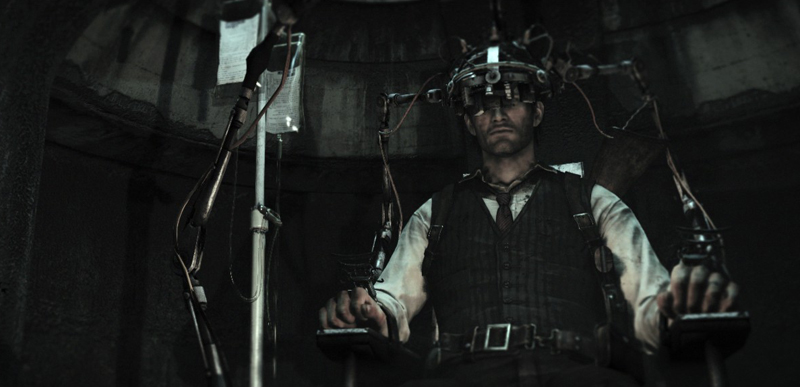
While sitting in this cozy armchair, you can spend local experience points on upgrades.
Moreover, everything that is happening looks very decent. This is by no means next-gen, because even for the previous generation, the textures are a bit muddy, but thanks to the high-quality direction combined with exceptionally successful camera angles, the visuals seem neat – and, most importantly, correct. Even the ill-fated black bars, which became the cause of universal indignation, as if exacerbate claustrophobia and give a cinematic feel to the frame.
The main problem with The Evil Within is its widespread mediocrity. It reminds you of all horror games at once, but it is unable to surpass any of them. If you are longing for a stale console experience, then this may be a great choice against the backdrop of a genre deficit. However, after the final credits, there is hardly any desire to return and try out the bonus weapons in “New Game+”.
Share
Discuss
More Reviews

